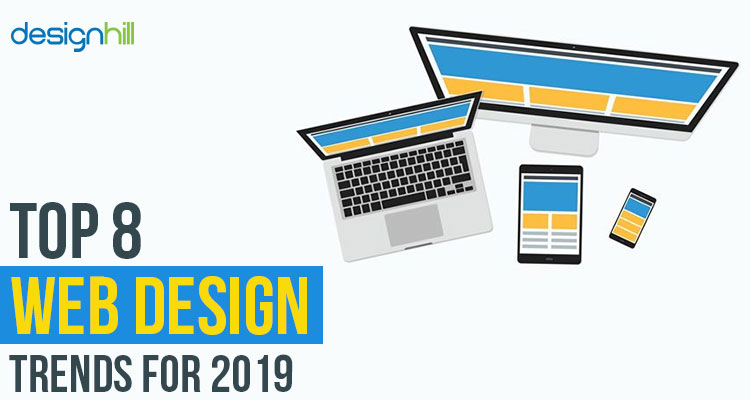Intrigued In Learning How Web Site Style Has Altered For Many Years? Check Out The Trip
Intrigued In Learning How Web Site Style Has Altered For Many Years? Check Out The Trip
Blog Article
Produced By-Thorsen Dalby
In the past, websites were easy and concentrated on information. Navigation was direct, and style was for desktop computers. Now, customer experience is crucial. Information overviews layouts for simple navigating. Responsive formats fit various devices. Today, dark setting minimizes pressure, and minimal menus improve navigation. Interactive attributes engage users, and vibrant visuals stand out. AI assimilation boosts interaction. See just how layout has actually advanced to enhance your online journey.
Very Early Days of Web Design
In the early days of website design, simplicity preponderated. Web sites were standard, with restricted colors, fonts, and designs. The emphasis got on supplying info as opposed to showy visuals. Customers accessed the web through slow dial-up links, so speed and functionality were vital.
Navigating menus were straightforward, commonly situated on top or side of the page. Websites were created for home computer, as mobile browsing had not been yet common. Content was king, and developers prioritized very easy readability over complex design components.
HTML was the key coding language used, and developers needed to work within its constraints. Animations and interactive features were minimal compared to today's standards. Internet sites were static, with little vibrant content or tailored individual experiences.
Surge of User-Focused Layout
With the development of site design, a shift in the direction of user-focused design concepts has actually ended up being significantly famous. Today, creating sites that prioritize customer experience is crucial for engaging site visitors and achieving organization objectives. User-focused style entails comprehending the demands, preferences, and actions of your target market to tailor the web site's layout, web content, and features appropriately.
Developers currently conduct extensive research study, such as customer surveys and functionality screening, to collect insights and feedback directly from customers. This data-driven method helps in creating intuitive navigation, clear calls-to-action, and visually enticing user interfaces that resonate with site visitors. By placing the individual at the facility of the design procedure, sites can provide a more tailored and delightful experience.
Responsive layout has actually also become an essential aspect of user-focused style, ensuring that internet sites are optimized for numerous tools and screen dimensions. This versatility boosts availability and usability, catering to the diverse ways customers communicate with internet sites today. In essence, the increase of user-focused style symbolizes a shift in the direction of creating electronic experiences that prioritize the needs and assumptions of the end customer.
Modern Trends in Web Design
Explore the latest patterns forming website design today. One popular trend is dark setting layout, using a streamlined and modern-day appearance while reducing eye strain in low-light settings. One more crucial fad is minimal navigating, simplifying food selections and enhancing customer experience by focusing on essential elements. Integrating micro-interactions, such as computer animated switches or scrolling impacts, can produce an extra interesting and interactive web site. Responsive style continues to be important, making certain seamless user experiences across numerous tools. Additionally, making https://www.business2community.com/content-marketing-tips/5-seo-tips-to-optimize-your-next-blog-post-02252313 of strong typography and asymmetrical layouts can include visual rate of interest and accentuate details content.
Integrating AI technology, like chatbots for client assistance or individualized referrals, improves user interaction and improves procedures. Ease of access has additionally become a substantial fad, with designers focusing on inclusive layout techniques to accommodate diverse individual demands. https://www.searchenginejournal.com/gallery-page-images-seo/421243/ by enhancing website efficiency for rate and efficiency is one more arising trend in website design. Working together with customer responses and data analytics to iterate and improve style continually is essential for staying appropriate in the ever-evolving electronic landscape. By embracing these contemporary fads, you can create an aesthetically enticing, user-friendly web site that resonates with your audience.
Final thought
As you assess the development of website style from the very early days to currently, you can see exactly how user-focused layout has actually come to be the driving pressure behind contemporary patterns.
Accept the trip of change and adaptation in web design, always keeping the user experience at the forefront.
Keep present with the current trends and modern technologies, and never ever stop progressing your strategy to create visually spectacular and user-friendly websites.
Advance, adapt, and produce - the future of web design is in your hands.
